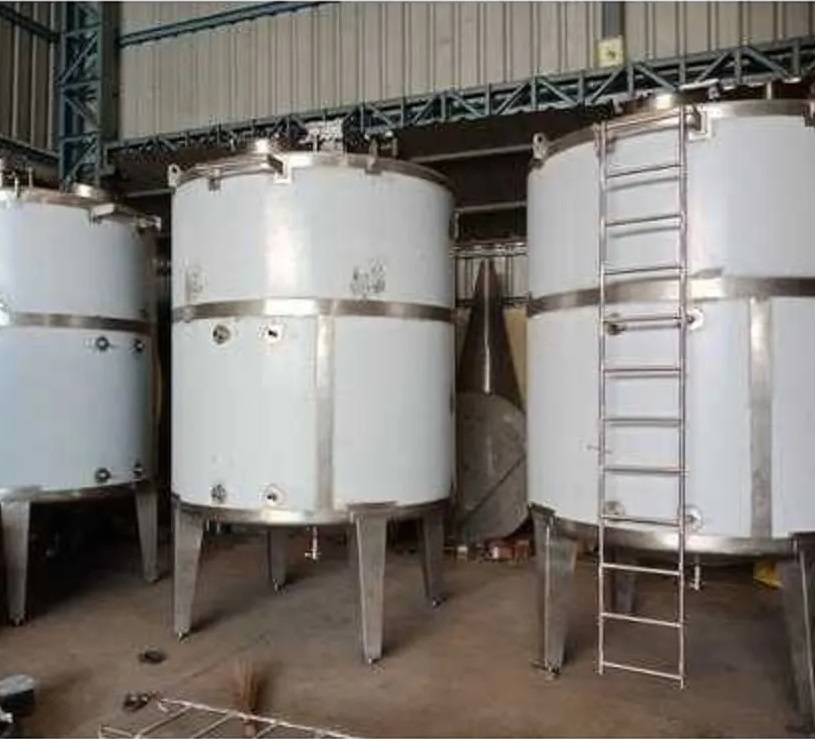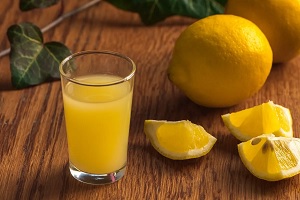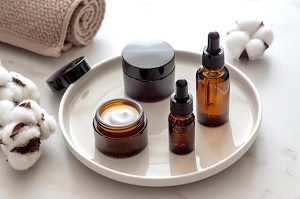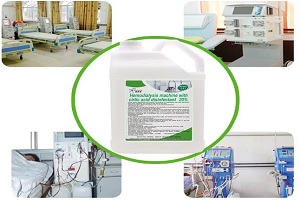About Citric Acid
Citric acid (C₆H₈O₇, 2-hydroxy-1,2,3-propanetricarboxylic acid) is a weak organic acid found in citrus fruits like lemons (6-10% citric acid). As a key intermediate in the Krebs cycle, it drives energy production in all aerobic organisms. Its non-toxic, biodegradable nature and tangy flavor make it indispensable in food, pharmaceuticals, cosmetics, and industrial applications.

Physical Properties
Citric acid appears as colorless, translucent crystals or white crystalline powder, odorless with a strong acidic taste. It has a specific gravity of 1.542 and a melting point of 153°C (anhydrous). The monohydrate form is stable in humid air but loses water in dry conditions (transition point: 36.6°C). It is highly soluble in water and alcohol, with limited solubility in ether and chloroform.
Chemical Properties
At 175°C, citric acid partially converts to aconitic acid (by water elimination) and acetonedicarboxylic acid (by loss of CO₂ and water). Further heating yields itaconic and citraconic anhydrides, with complex transformations producing tricarballylic and methylsuccinic acids. These reactions highlight its chemical versatility.
Solubility Data
In Water
| Temp (°C) | Citric wt % | Solid Phase |
|---|---|---|
| 10 | 54.0 | C₆H₈O₇·H₂O |
| 20 | 59.2 | C₆H₈O₇·H₂O |
| 30 | 64.3 | C₆H₈O₇·H₂O |
| 36.6 | 67.3 | C₆H₈O₇·H₂O + C₆H₈O₇ |
| 40 | 68.6 | C₆H₈O₇ |
| 50 | 70.9 | C₆H₈O₇ |
| 60 | 73.5 | C₆H₈O₇ |
| 70 | 76.2 | C₆H₈O₇ |
| 80 | 78.8 | C₆H₈O₇ |
| 90 | 81.4 | C₆H₈O₇ |
| 100 | 84.0 | C₆H₈O₇ |
In Organic Solvents (at 25°C)
| Solvent | Form | Density (d25 satd soln) | Solubility (g/100g satd soln) |
|---|---|---|---|
| Amyl acetate | Monohydrate | 0.8917 | 5.980 |
| Amyl alcohol | Monohydrate | 0.8774 | 15.430 |
| Ethyl acetate | Monohydrate | 0.9175 | 5.276 |
| Diethyl ether | Monohydrate | 0.7228 | 2.174 |
| Chloroform | Monohydrate | 1.4850 | 0.007 |
| Amyl acetate | Anhydrous | 0.8861 | 4.22 |
| Diethyl ether (abs) | Anhydrous | 0.7160 | 1.05 |
Note: At 19°C, 100g methanol dissolves 197g citric acid monohydrate, and 100g propyl alcohol dissolves 62.8g citric acid monohydrate.
Production Process
At IMLI Citric Works, we produce citric acid through a sustainable 6-day fermentation process using Aspergillus niger. Our patented method converts molasses or glucose-rich feedstocks into high-purity citric acid, ensuring eco-friendliness and scalability.

Process Highlights
- Eco-friendly and chemical-free
- High yield and purity
- Customizable end-form (monohydrate, anhydrous, jelly)
- Cost-effective and scalable
Safety & Sustainability
Certified as Generally Recognized as Safe (GRAS) by the U.S. FDA, citric acid is non-corrosive, combustible, and safe for household use around pets and children. Its biodegradable nature makes it a green alternative to harsh chemicals, with growing demand in India for food, pharmaceutical, and cleaning applications.




